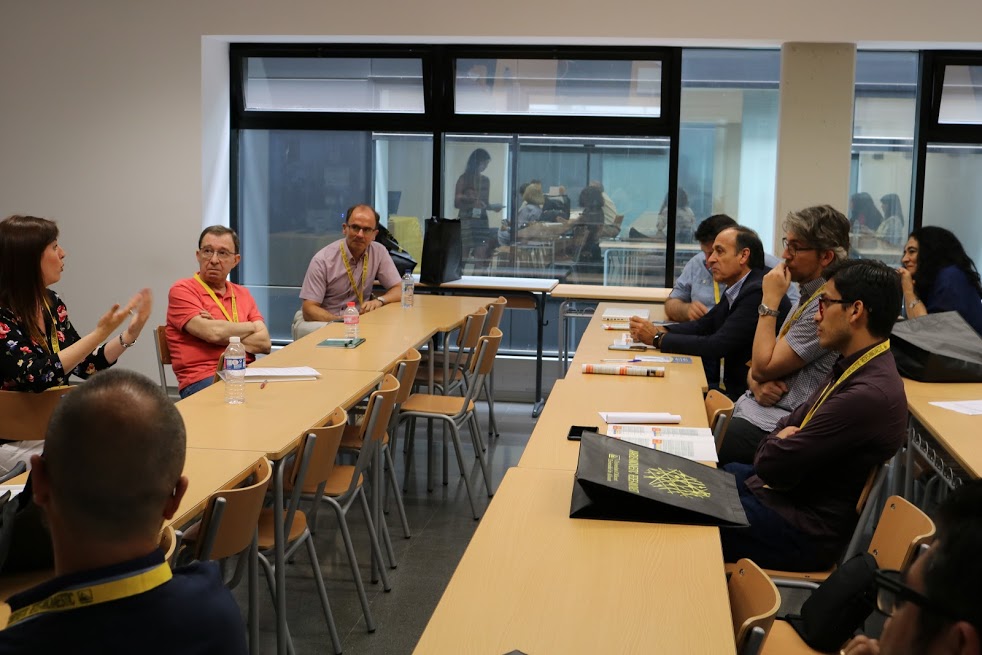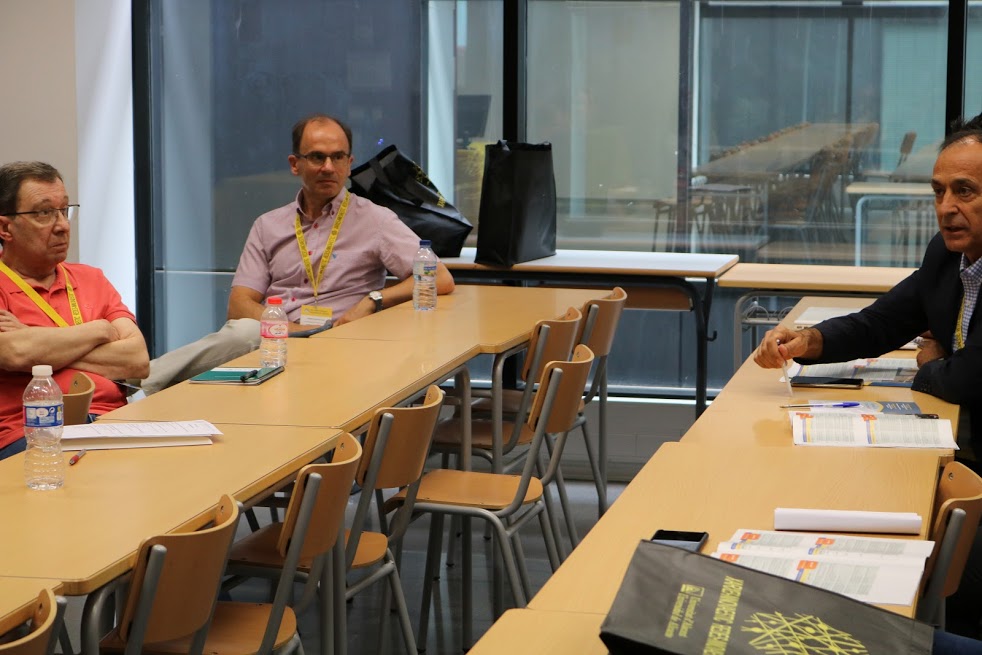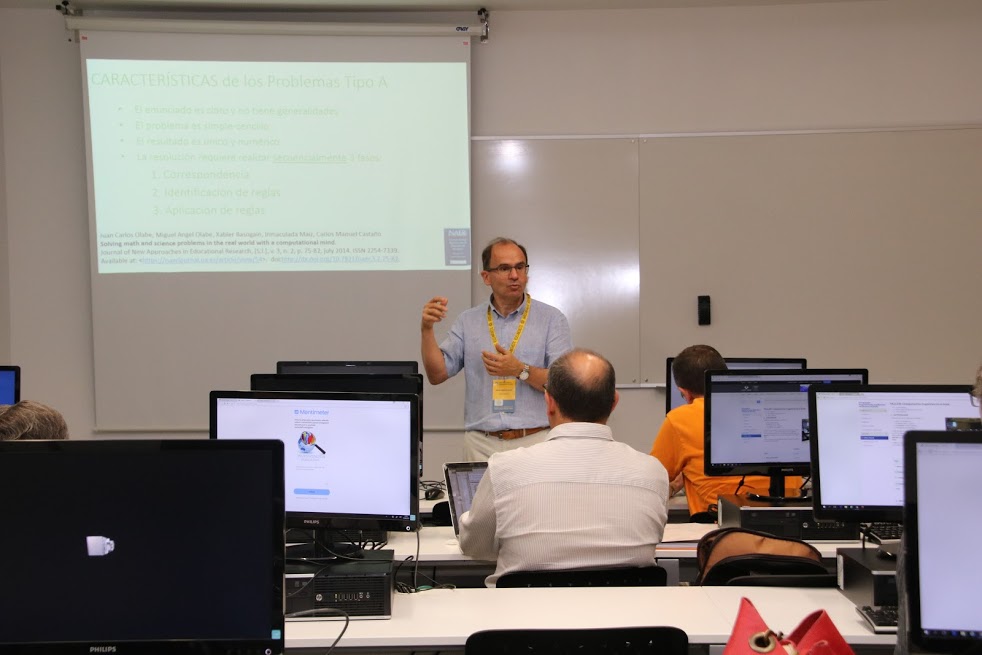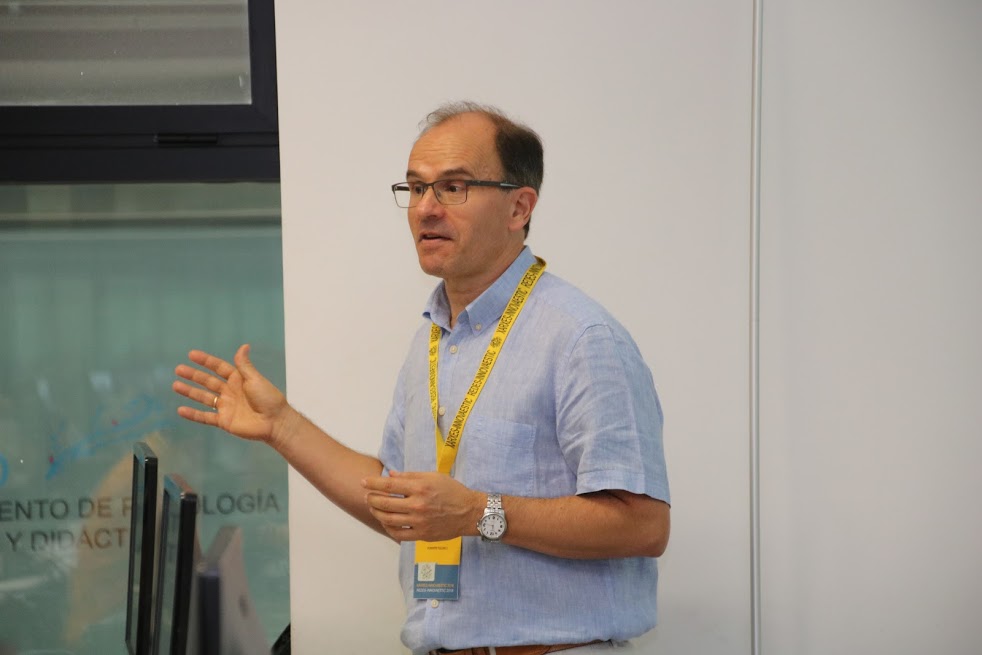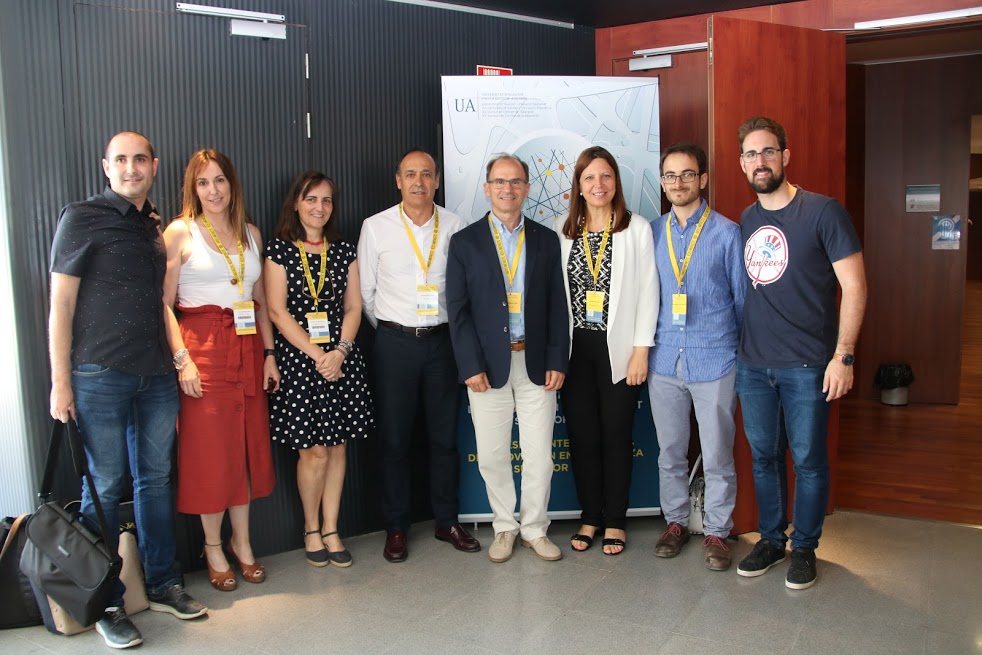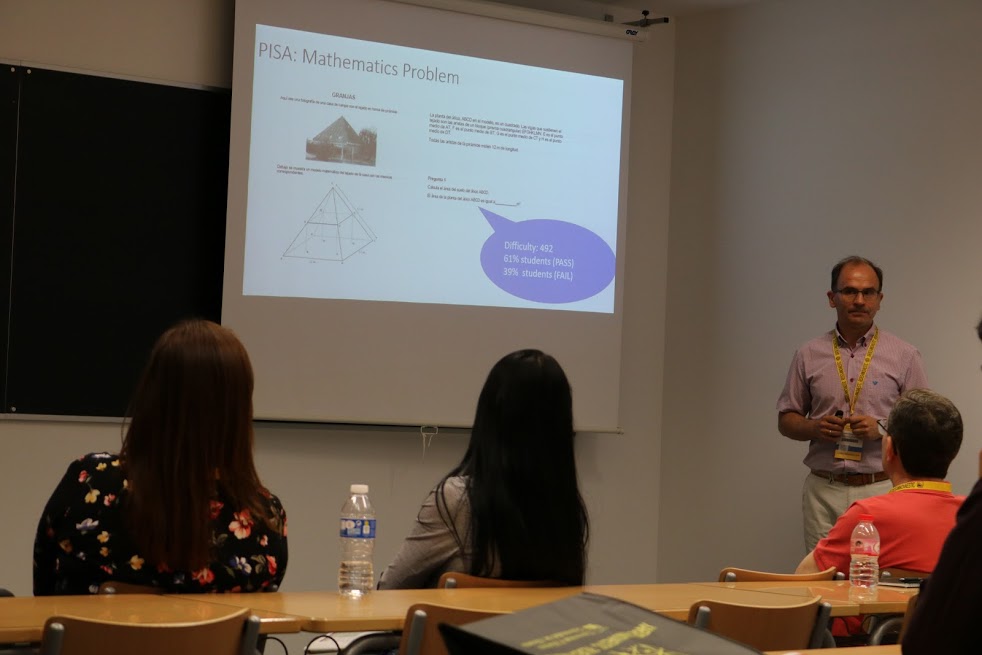
Título: Design of Educational Methodologies Using Principles of Cognitive Computation
Congreso: XVI Jornadas de Redes de Investigación en Docencia Universitaria (REDES 2018), II Workshop Internacional de Innovación en Enseñanza Superior y TIC (INNOVAESTIC 2018)
Lugar: Alicante
Abstract:
Modern design of teaching methodologies is based on the statistical analysis of how efficient they are. Students in the classroom are exposed to alternative methodologies under experimental conditions, and the results are compared. This paradigm is limited because it cannot address fundamental questions such as: what is the computational complexity of the material being learned; what are the computational capabilities of the mind; how does the mind encode knowledge; and how does the mind produce new knowledge.
Learning is a computational process and it requires a computational framework to describe it. Learning starts when the mind represents knowledge with symbols. Then, the mind manipulates these symbols to produce other symbols in a process that we call thinking (Kahneman, 2011; Horst, 2011).
The design of a teaching methodology must be guided by two complementary foundations: the structure used by the mind to encode symbols and to processes them, and the structure -symbols and processes- of the knowledge to be learned.
This paper introduces some fundamental principles of cognitive computation -principles of how the mind encodes and manipulates symbols- that foster the design of efficient educational methodologies.
These principles create a framework for the study of two research questions: 1) what are the cognitive limits of the human mind? And, 2) is it possible to overcome these limits by teaching students virtual cognitive machines –mental systems to encode and manipulate symbols?
In this paper we review the international PISA test in Mathematics. This test provides quantitative data on how students from around the world perform when solving math problems. Because the PISA test is a global standard, it has profound implications on world governments and educational systems.
Analysis of the PISA test prompts questions such as: 1) is the human mind intrinsically limited to solve type-A problems –the only type of problems in the PISA test? 2) What cognitive parameters limit human computation (for example: the number and type of data to be encoded in the mind; the inability of the mind to manipulate complex symbols?) The first problem of the PISA math test (OECD, 2009) asks: A square has a side of 12 meters. What is its area? (The correct answer is: Area=12 * 12 = 144.) This problem has a PISA index of difficulty of 492 (because 39%, 2 out of 5 of students, failed to solve the problem. An intuitive analysis of the complexity of this problem suggests: 1) all 15-year old students should correctly solve this problem; 2) the mind is capable of processing much more complex problems; 3) The PISA index of difficulty of 492 does not describe accurately the scope of human cognition.
There is a wide gap between the simplicity of the PISA problems and the poor performance of the students of the world. This gap suggests questions such as: 1) what is the real computational complexity of the problems (What does 492 really mean?); 2) what are the cognitive limits of students (Can’t they really calculate the area of a square?); and 3) Are teaching methodologies efficient?
This paper introduces some fundamental computational principles, and illustrates their application using examples of PISA test problems, college level biology and physics, in order to provide a framework to study these and other research questions. In addition, this paper describes how these principles can be used to create efficient educational systems.



